Abstract
The quality of indoor air dramatically affects the health of animals and humans. An investigation was conducted into the relationships among the total number of aerosol particles and different types of airborne bacteria and their dependence on indoor and outdoor environmental factors, including air temperature and relative humidity (RH), in the indoor air of a dairy calf house in Tochigi, Japan, during the summer season. The concentrations of aerosol particles, the concentrations of airborne total aerobic bacteria (, , and spp.) in the indoor air, and the indoor and outdoor temperature and RH were evaluated from 14 weekly measurements. The mean concentration of small aerosol particles (0.3 to 2.0 μm) was higher than the mean concentration of large aerosol particles (2.0 to 10.0 μm) in the summer season. The mean concentration of airborne total aerobic bacteria was higher than the concentrations of airborne , , and spp. Airborne and were positively correlated with the number of 2.0 to 10.0 μm aerosol particles, i.e., high concentrations of 2.0 to 10.0 μm particles were correlated with high concentrations of airborne and . Airborne total aerobic bacteria did not correlate with the number of aerosol particles of any size, but spp. was negatively correlated with the number of 1.0 to 2.0 μm aerosol particles, i.e., high concentrations of 1.0 to 2.0 μm particles were correlated with low concentrations of airborne spp. The indoor temperature and indoor and outdoor RH did not correlate with any airborne bacteria. The outdoor temperature was negatively correlated with spp., i.e., high outdoor temperature was correlated with a low concentration of spp. in the indoor air of the dairy calf house. Both indoor and outdoor temperatures were positively correlated with the number of 0.5 to 5.0 μm aerosol particles, and indoor RH was negatively correlated with the number of 5.0 to 10.0 μm aerosol particles. These findings will be important for elucidating the role of aerosol particles in the transmission of airborne bacteria and ultimately for the mitigation of aerosol particles and airborne bacteria in dairy houses.

